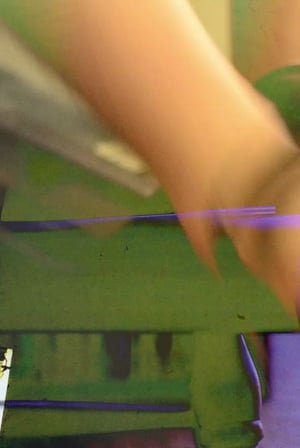

Mirror(1987)
Old cinema creates new cinema in a new context. Stolen old images, someone’s audio track, someone else’s soundscapes – they re-create, reinventing interactions, relations and dialogue in familiar footage. Telling new stories. Transforming it back into cinema.
Movie: Mirror

Zrcalo
HomePage
Overview
Old cinema creates new cinema in a new context. Stolen old images, someone’s audio track, someone else’s soundscapes – they re-create, reinventing interactions, relations and dialogue in familiar footage. Telling new stories. Transforming it back into cinema.
Release Date
1987-04-02
Average
0
Rating:
0.0 startsTagline
Genres
Languages:
No Language
Similar Movies
 10.0
10.0We Could All Do With a Little Back & Forth As Far As It Concerns the To & Fro of Everywhere Each of Us Go(en)
(Some of us) Still run down the same [mental&emotional] streets we revered/reproached/replaced as children.
 5.8
5.8Chelsea Girls(en)
Lacking a formal narrative, Warhol's mammoth film follows various residents of the Chelsea Hotel in 1966 New York City. The film was intended to be screened via dual projector set-up.
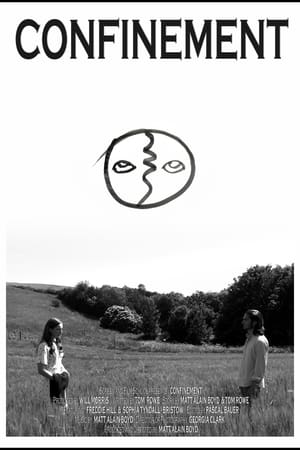 0.0
0.0Confinement(en)
Waking up in a locked room, a prisoner must overcome their personal demons in order to move on from heartache and earn their freedom.
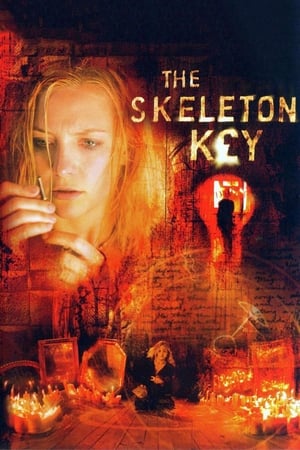 6.6
6.6The Skeleton Key(en)
A hospice nurse working at a spooky New Orleans plantation home finds herself entangled in a mystery involving the house's dark past.
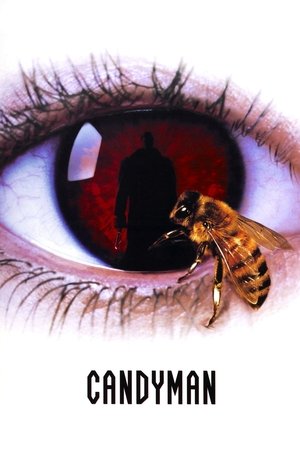 6.6
6.6Candyman(en)
The Candyman, a murderous soul with a hook for a hand, is accidentally summoned to reality by a skeptic grad student researching the monster's myth.
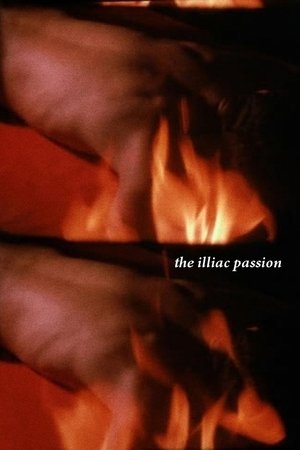 4.2
4.2The Illiac Passion(en)
Prometheus, on an Odyssean journey, crosses the Brooklyn Bridge in search of the characters of his imagination. After meeting the Muse, he proceeds to the "forest." There, under an apple tree, he communes with his selves, represented by celebrated personages from the New York "underground scene" who appear as modern correlatives to the figures of Greek mythology. The filmmaker, who narrates the situations with a translation of Aeschylus' Prometheus Bound, finds the personalities of his characters to have a timeless universality.
The Sacred Disease(en)
A bereaved epileptic ditches her pills and follows a mysterious woman to the outskirts of her town, where she slips back into the fearsome yet ecstatic throes of the seizure.
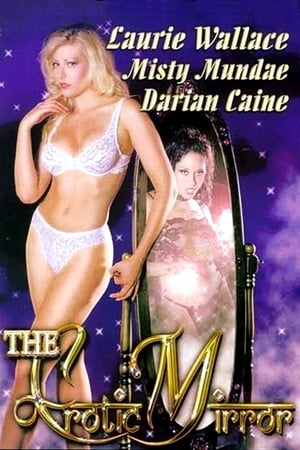 3.7
3.7The Erotic Mirror(en)
Amy and Bill are on a romantic getaway when they come across an old second-hand store. Amidst the clutter, Amy unearths a beautiful antique mirror and immediately is overcome by a deep inner desire to caress and explore her luscious body in ways she never thought possible. Amy quickly buys the mirror only to discover the ghostly legend of the sexually insatiable whorehouse madame trapped inside it. Powerless to control herself, Amy indulges her naughtiest fantasies when standing before the shimmering mirror. Soon all her female friends are introduced to its seductive supernatural energy, and none of them can deny the lesbian urges that overtake their sweet young bodies, transforming them into writhing sex-machines that cannot be satisfied. But amidst the moans of pleasure, how could Amy possibly realize the terrifying consequences of her actions, and the fate the ghost in the mirror has in store for each of them. Will it be infinite ecstasy or endless erotic longing?
 6.0
6.0The Big Departure(fr)
This is the only feature directed by the famed French painter and sculptor Martial Raysse. In keeping with the revolutionary spirit of the time, the movie has no plot to speak of and appears to have been largely made up on the spot. We follow the cat man into a bizarre fantasy universe presented in negative exposure that reverses color values (black is white and vice versa) and written words. The cat man steals a car and then picks up a young girl he promises to take to “Heaven.” Heaven turns out to be a country chateau inhabited by several more animal mask wearing weirdoes...
 5.5
5.5Finds Itself in Corners(en)
Lines align during acclimated apexes, shadowy vertices, and bright burrows.
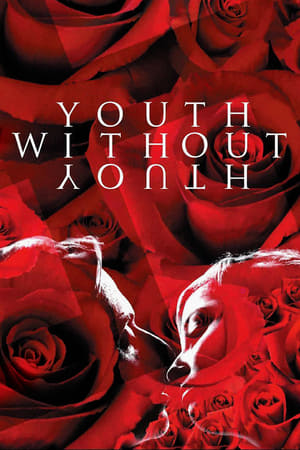 6.1
6.1Youth Without Youth(en)
Professor of language and philosophy Dominic Matei is struck by lightning and ages backwards from 70 to 40 in a week, attracting the world and the Nazis. While on the run, the professor meets a young woman who has her own experience with a lightning storm. Not only does Dominic find love again, but her new abilities hold the key to his research.
 5.2
5.2Todo Todo Teros(en)
Basically an artist is also a terrorist, the protagonist thinks in an unguarded moment. And if he is a terrorist after all, then he might just as well be one. Not an instant product, but an experimental feature in which diary material is brought together to form an intriguing puzzle.
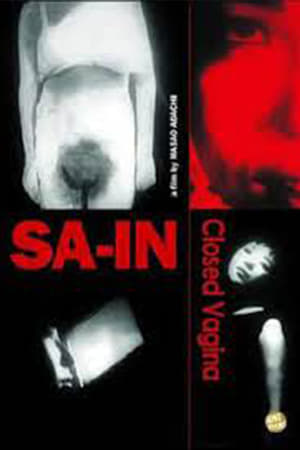 9.0
9.0Closed Vagina(ja)
Adachi's follow-up to Bowl using the figure of a woman suffering from an unusual sexual aliment has often been taken as a controversial allegory for the political stalemate of the Leftist student movement after their impressive wave of massive fiery protests failed to defeat the neo-imperialist Japan-US Security Treaty. The ritualistic solemnity of the charged sexual scenes contribute to the oneiric qualities of Closed Vagina which Adachi would later insist was an open work, not meant to deliver any kind of deliberate political message. - Harvard Film Archive
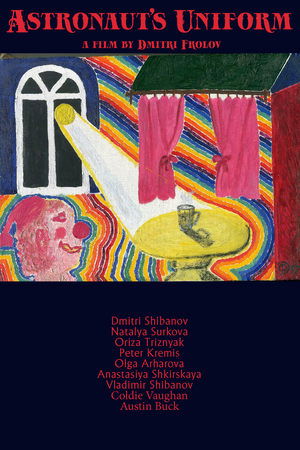 10.0
10.0Astronaut's Uniform(ru)
Mockumentary experimental film, which shows one day in the life of a young man. The action takes place on the Day of Soviet Cosmonautics, April 12, one of the last years of the USSR. Outside the window, it is gradually getting warmer, the onset of spring is felt, promising hope for the possibility of changes in the country. The hero of the film is fond of space. The young man, who idolizes Gagarin, is engaged in reconstruction, making the uniform in which the cosmonaut walked in the prime of his glory. Our hero is also a film enthusiast. He makes films with stories of space flights and shows them to his friends. The film is stylized as amateur films of the 1980s and was shot on a 16-mm color film made by the company" Svema", made in the Soviet Union. The quality of this film allows the viewer to fully immerse themselves in the atmosphere of the time of the film, which is dedicated to Soviet cosmonautics and Edward D. Wood Jr.
 6.3
6.3Monday or Tuesday(sh)
A divorced journalist Marko Požgaj starts his working day by taking his son to the school. During the day many thoughts and images pass through his mind - the memories of childhood, ex-wife, current girlfriend, but mostly his father who died in a war.
 8.5
8.5Untitled 77-A(ko)
The film contains the despair of an artist’s desire for creation on ruthless censorship, rebel, and anxiety in the mid-70s when it was politically and socially depressed.
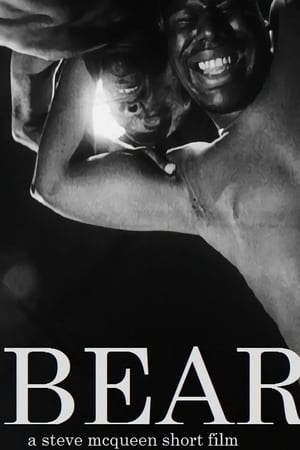 4.2
4.2Bear(en)
Bear (10 minutes, 35 seconds) was Steve McQueen's first major film. Although not an overtly political work, for many viewers it raises sensitive issues about race, homoeroticism and violence. It depicts two naked men – one of whom is the artist – tussling and teasing one another in an encounter which shifts between tenderness and aggression. The film is silent but a series of stares, glances and winks between the protagonists creates an optical language of flirtation and threat.


